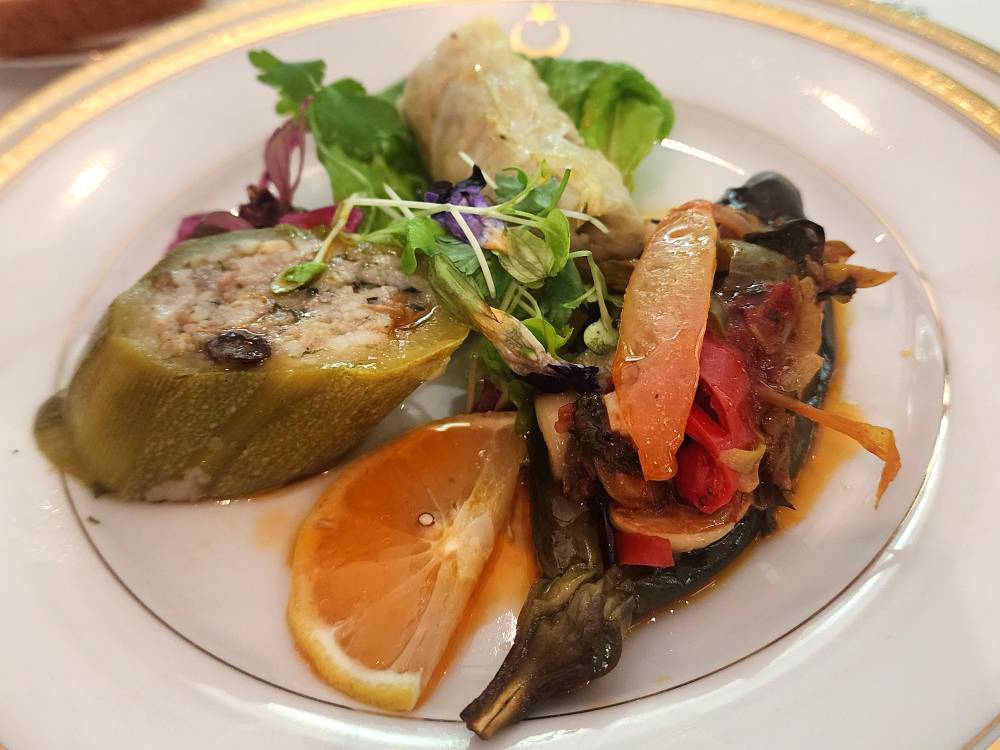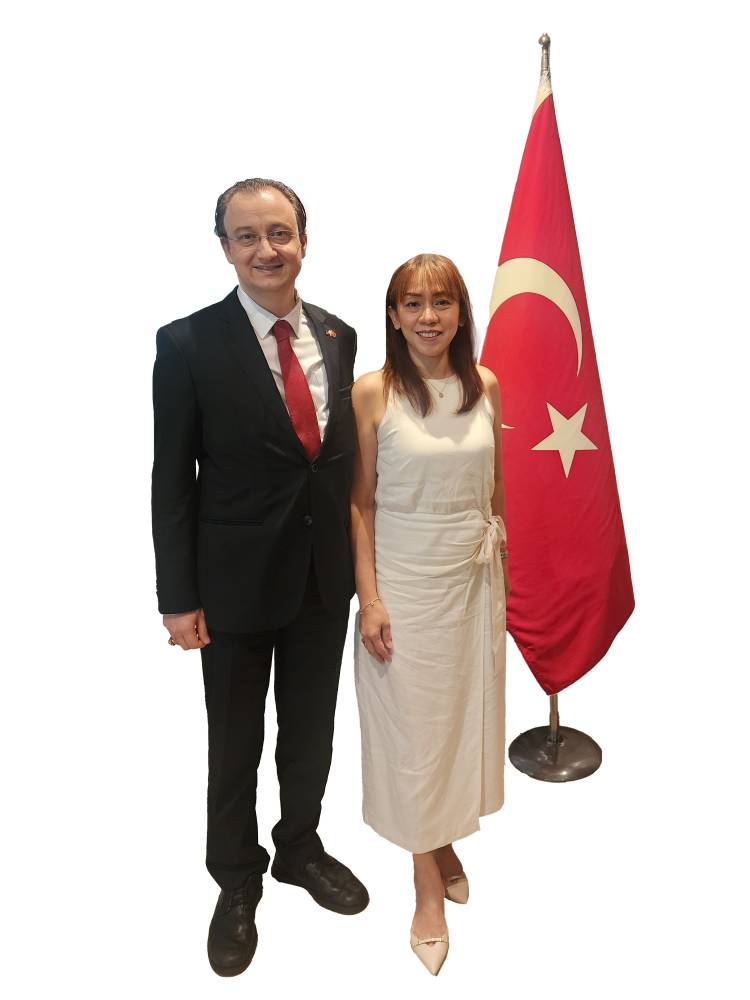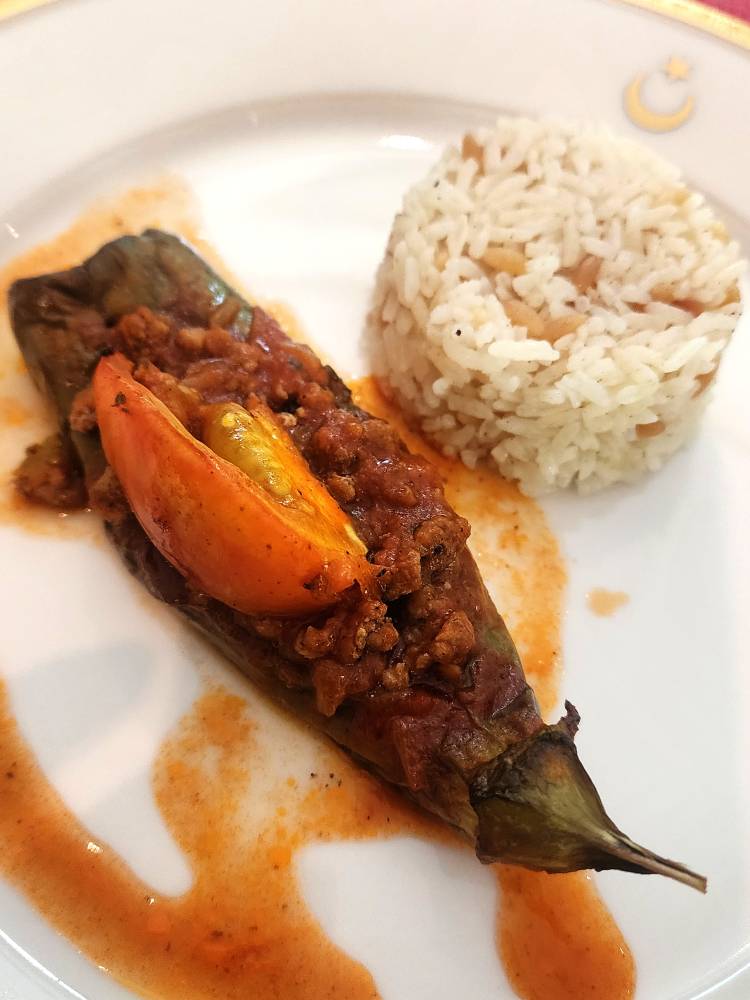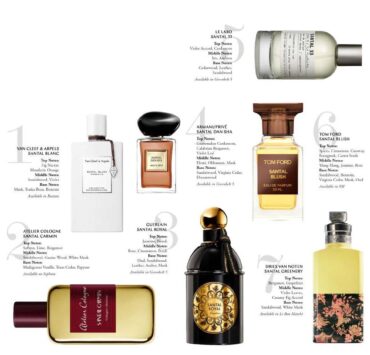Eating is a way of life in Türkiye

The kitchen is the heart of the Turkish home; which was why I felt at ease during lunch at the residence of His Excellency Niyazi Evren Akyol, Türkiye’s Ambassador to the Philippines.
I was warmly welcomed by Madame Indri with a colorful assortment of meyve suyu (fruit juices) and çay (Turkish tea). After exchanging pleasantries and a few sips of tea, we headed to the kitchen to watch chef Ilhami Kılıç prepare a Turkish favorite, patlican karnıyarık. The dish is made by frying eggplants then splitting them in the center to form a cavity. After, they are stuffed with minced meat. It was simple to prepare but nonetheless mouthwatering. Eggplant and minced meat make a perfect combination after all in any cuisine.
As we sat at the table for lunch, his Excellency Ambassador Niyazi Evren Akyol joined us.

Piping hot mercimek çorbası (pureed lentil soup) was served. It was a comforting start.
Cold mezes (starters) followed—a plateful of healthy yet tasty delights such as imam bayıldı (stuffed eggplants with onions and tomatoes), zeytinyağlı lahana sarması (stuffed cabbage with olive oil), zeytinyağlı kabak dolması (stuffed zucchini with olive oil). The mezes were light and tasted like sunshine. The olive oil gave off grassy, peppery, and fruity hints.
As the dishes were served and the stories flowed, it became clear to me that eating is a way of life in Türkiye.
In between bites, Ambassador Akyol shared that there is more to their food than just cooking it. It is about the serving, the hospitality, and the company.
Turkish cuisine is diverse, of varied tastes, cooked with the freshest produce in season. It is steeped in history, influenced by cultural traditions and made delectable by timeless recipes.
Passionately the ambassador referred to a plethora of offerings such as the baklavas and kebabs of Gaziantep. The seafood and olive oil-laden dishes of the Aegean Sea. The anchovies and the coastal cooking of the Black Sea.
It is evident that Turkish cuisine is a world of adventure in which all surprises are pleasant, and all experiences are unique.
The Ambassador went on to say, “we are proud of our cuisine and delighted by it at the same time, not just to partake of it but to share with our guests and our friends.”
Meals, whenever possible, are enjoyed over a long period of time not just to slowly savor the food but, more importantly, to connect and to bond.
Madame Indri chimed in to say, kahvaltı or breakfast is the most important meal of the day traditionally. On weekends, it could be a four-hour affair.
Chef Ilhami kept the food coming. The lunch menu brought traditional home-cooked fare to light. Something the chef has mastered after cooking for five ambassadors and 26 years of service.
A delicate pastry baked in a tray filled with spinach and cheese called peynirli ispanaklı tepsi böreği was brought in.
Patlican karnıyarık (stuffed eggplant with ground meat), the dish I learned to prepare, came next plated with rice pilaf. A bowl of kuru fasulye (beef with beans) with cacık (yogurt with cucumber dip), karışık tursu (mixed pickles), and çoban salatası (Shepherd’s salad) were served at once, and were the last of the savory dishes.
As a dessert lover, I was delighted by the kazandibi (caramelized milk pudding) and more so by the divine walnut baklava. Chef Kılıç, who hails from Gaziantep, has indeed mastered his baklava.
Kahve and çay (Turkish coffee and tea) followed.
Turkish coffee is one of the hallmarks of Turkish culture. Coffee does not grow in Türkiye. It arrived in Istanbul in the 16th century from Kaffa, a region of Ethiopia over Yemen.
Turkish coffee refers to the style of making it. Coffee beans are ground to a fine powder then slow boiled with water in a special pot called a cezve until it foams. It is poured on a special Turkish coffee cup and saucer, accompanied by little cubes of lokum, jelly-like confections known as Turkish delights.
In the olden days it was a prime commodity. As such, to be served Turkish coffee meant that one was held in high esteem.
Tea is a ubiquitous beverage in Türkiye that’s enjoyed all day. It is also referred to as “rabbit’s blood tea,” for its reddish color. Turkish tea is best sipped from a special tulip-shaped glass that helps prevent the fingers from burning and to better admire the tea’s vibrant color. Tea service is so ingrained in Turkish culture that offices employ a çaycı or a “tea maker” who brews and serves tea to all—guests and workers alike.
Indeed the Ambassador couldn’t have said it better when he uttered that Turkish cuisine is a powerful tool that connects people.
Food, he added, shaped the past and will shape the future. It is a powerful and valuable tool that promotes culture as it spreads goodwill among nations.

Karniyarik (Split eggplant filled with minced meat)
Serves 6
Ingredients
- 6 long eggplants
- 40g salt (to eliminate the bitterness of the eggplants)
- 500ml olive oil (for frying the eggplants)
- For the meat filling
- 30g butter or clarified butter
- 2 medium onions, finely chopped
- 250g regular minced veal
- 2 medium tomatoes, peeled and finely chopped or 1 tablespoon tomato paste
- 1 teaspoon salt
- ½ teaspoon black pepper
- 400 ml water, boiling
- ½ bunch parsley, chopped
To garnish
- 1 medium tomato, sliced into 6 pieces
- 3 sweet long green peppers, cut lengthwise in half
Procedure
- Leaving 2cm of the stems of the eggplants, cut off the remaining part and discard. Remove the rough leaves and peel the cone-shaped base. Then cut off 1cm from the bottom of the eggplants. Leaving 2cm of skin on both sides of the eggplants, carefully remove the remaining skin with a knife and slit the eggplants lengthwise down the middle.
- Place the eggplants in a bowl, sprinkle with salt and leave for 1 hour. Then rinse with water and transfer to a plate.
- Fry the eggplants on all sides for about 5-6 minutes in olive oil until golden. Place on a plate lined with a paper towel for 30 minutes to absorb any excess oil.
- Sauté the onions in butter for 4-5 minutes in a small pan, then add the minced veal and sauté for another 4-5 minutes.
- Add the tomatoes, salt, and black pepper and sauté for another 1-2 minutes before adding the water. Simmer over low heat for 15 minutes, then add the parsley and stir.
- Place the eggplants in a wide saucepan. Then using the back of a spoon, open up the slit of the eggplant, and stuff with the meat filling. Top each eggplant with a slice of tomato and a piece of green pepper.
- Pour the meat’s juices over the eggplants. Cover and simmer over low heat for 30 minutes and serve.
Notes: After cooking on the stove the karniyarik can be baked in a 200°C preheated oven for 15-20 minutes to further enhance the flavors. To add flavor using the old method, add a tablespoon roasted pine nuts and a teaspoon of currants.

















